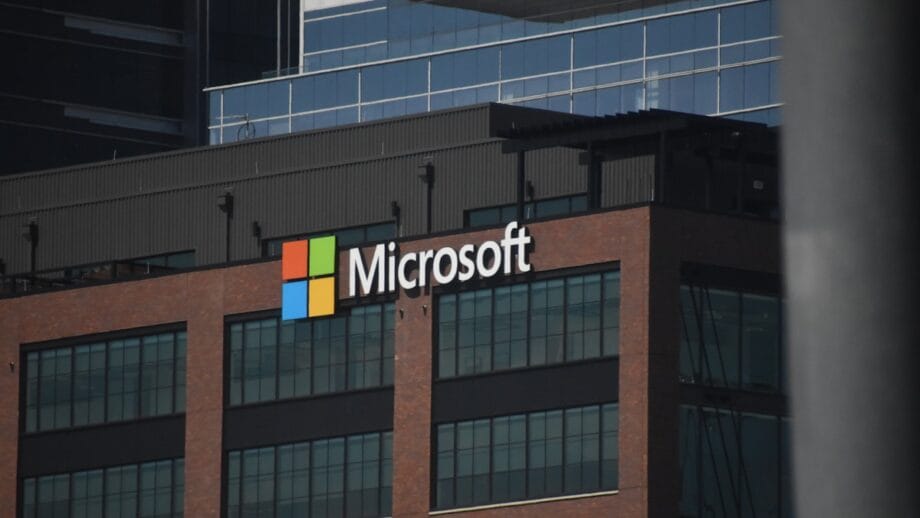Microsoft Releases October 2025 Patch Tuesday Updates
On its October 2025 Patch Tuesday, Microsoft has introduced updates addressing a remarkable total of 173 vulnerabilities within its expansive ecosystem. Among these, four zero-day vulnerabilities are particularly alarming, with two currently being exploited in the wild.
This monthly security bulletin serves as a stark reminder of the rapid advancement in threat vectors, particularly highlighting critical remote code execution vulnerabilities in Office applications and elevation of privilege issues across Windows components.
As organizations confront impending end-of-support deadlines for legacy systems like Windows 10, prompt patching remains crucial to thwart risks posed by state-endorsed actors and opportunistic cybercriminals.
The updates encompass a diverse range of products, including core Windows operating systems, Azure cloud services, and the Microsoft Office suite.
Noteworthy among these updates is the rectification of CVE-2025-59234 and CVE-2025-59236, both of which are use-after-free vulnerabilities identified in Microsoft Office and Excel, allowing remote code execution when users inadvertently open malicious files.
Rated critically with CVSS scores hovering around 7.8, these vulnerabilities necessitate no authentication, potentially granting attackers unfettered access to system control, which may culminate in data exfiltration or ransomware attacks.
Critical Vulnerabilities Under the Spotlight
Several critical entries necessitate immediate remediation due to their potential for extensive exploitation.
For example, CVE-2025-59291 and CVE-2025-59292 concern external manipulations of file paths in Azure Container Instances and Compute Gallery. This allows sanctioned attackers to escalate privileges locally, thereby compromising cloud workloads.
These elevation of privilege flaws, also classified as critical, underline persistent risks in hybrid environments, where configuration oversights exacerbate the impact.
Another significant vulnerability, CVE-2016-9535, a long-dormant LibTIFF heap buffer overflow, has been readdressed in this update cycle. This could result in remote code execution scenarios involving image processing, particularly affecting legacy applications still in operation.
The urgency is further heightened by the presence of zero-days such as CVE-2025-2884, which involves an out-of-bounds read in the TCG TPM2.0 reference implementation, resulting from insufficient validation in cryptographic signing functions, thereby facilitating information disclosure.
Publicly recognized by CERT/CC, this flaw impacts trusted platform modules essential for secure boot processes.
Moreover, CVE-2025-47827 enables a bypass of Secure Boot in IGEL OS versions prior to 11 through improper signature verification, allowing crafted root file systems to mount unverified images, a potential conduit for persistent malware infiltration.
CVE-2025-59230, which involves improper access controls within the Windows Remote Access Connection Manager, also brings forth the risk of local privilege escalation.
Microsoft has confirmed that public exploits for most vulnerabilities remain undisclosed; however, the active exploitation of the aforementioned zero-day vulnerabilities by threat actors, including nation-state groups, demands the swift deployment of patches.
Deserialization vulnerabilities identified in Windows Server Update Service (CVE-2025-59287) further intensify concerns, permitting unauthenticated remote code execution over networks, a prime target for supply-chain attacks.
In total, this bulletin encompasses 11 critical vulnerabilities related to remote code execution and elevation of privilege, many tied to memory safety errors such as use-after-free and buffer overflows endemic to older codebases.
Specific Azure-focused updates, including CVE-2025-59285 affecting the Monitor Agent, address deserialization threats that could allow monitoring data to be tampered with.
Other Important Vulnerabilities Patched
Aside from critical vulnerabilities, over 150 important vulnerabilities have been addressed, predominantly concerning elevation of privilege (surpassing 60), information disclosure (approximately 30), and denial-of-service issues.
Recurring patterns become evident in Windows PrintWorkflowUserSvc (CVE-2025-55684 through 55691), where use-after-free vulnerabilities permit local attackers to elevate privileges during print operations—an issue prevalent in enterprise printing environments.
Additionally, vulnerabilities within the Windows Kernel, notably CVE-2025-55693 and CVE-2025-59187, concern improper input validation that may lead to the leakage of kernel memory or enable ring-0 access.
Spoofing risks are present in CVE-2025-59239 for File Explorer and CVE-2025-59248 for Exchange Server, wherein flawed validation could mislead users into executing harmful actions or bypassing authentication entirely.
Furthermore, BitLocker vulnerability CVE-2025-55682 exposes a critical security feature bypass via physical attacks, reinforcing the necessity for synergy between hardware and software security measures.
For users of cloud platforms, mitigations in Azure Arc and Connected Machine Agent (CVE-2025-58724) address local escalation vulnerabilities stemming from access control oversights.

Denial-of-service vulnerabilities, such as CVE-2025-55698 in DirectX and CVE-2025-58729 in Local Session Manager, could impede services through null dereferencing or erroneous inputs.
This Patch Tuesday coincides with Windows 10’s end-of-support on October 14, 2025, raising the stakes for unpatched legacy deployments.
Microsoft advocates for enabling automatic updates via Windows Update or WSUS, emphasizing the prioritization of critical vulnerabilities such as the Office RCEs.
Enterprises are encouraged to utilize vulnerability management tools to scan for affected versions, including Office 2016-2021 or Windows 10/11 builds prior to KB503.
No public proof-of-concept code is available for most vulnerabilities; however, indicators of compromise may include anomalous crashes in Office or irregularities in Azure logs. Experts recommend segmenting networks and actively monitoring for exploitation attempts following the deployment of patches.
Source link: Cybersecuritynews.com.






